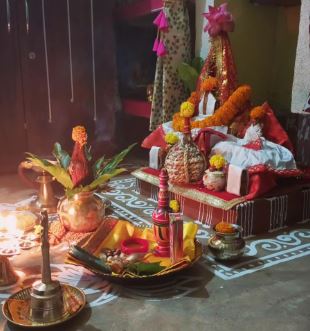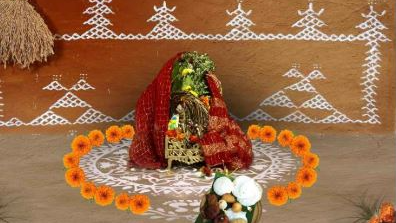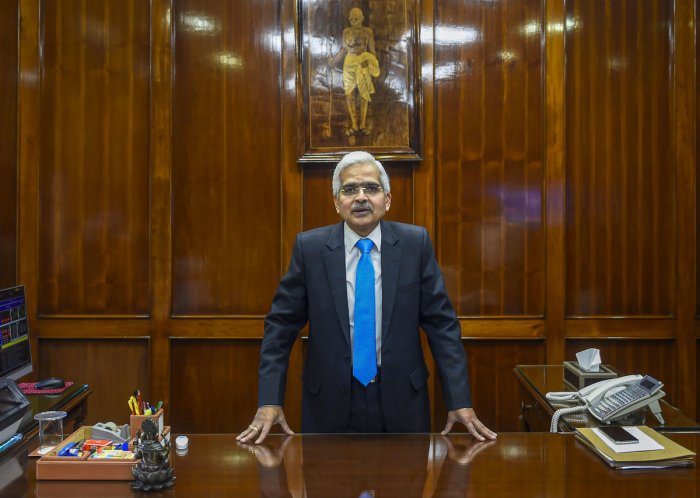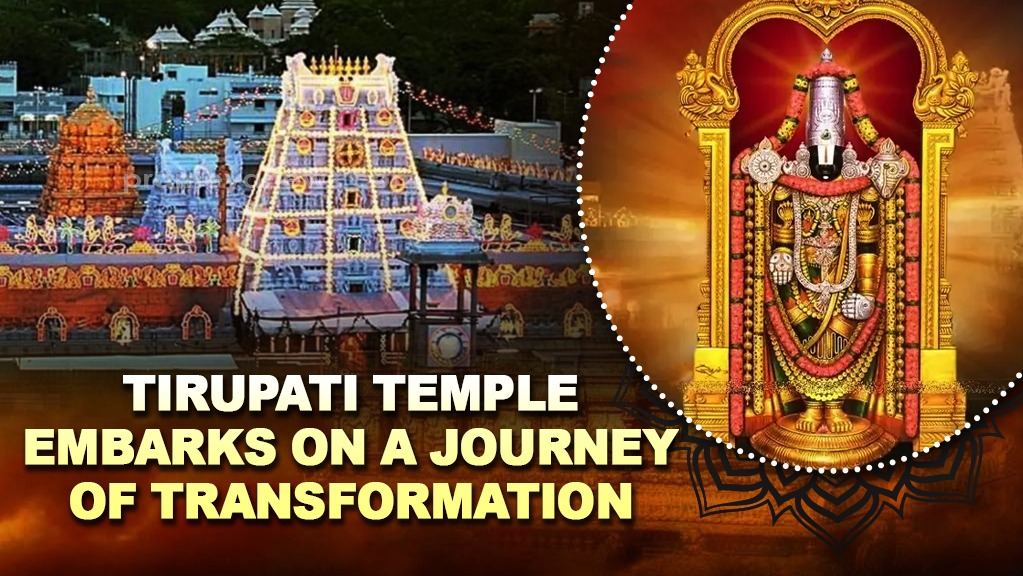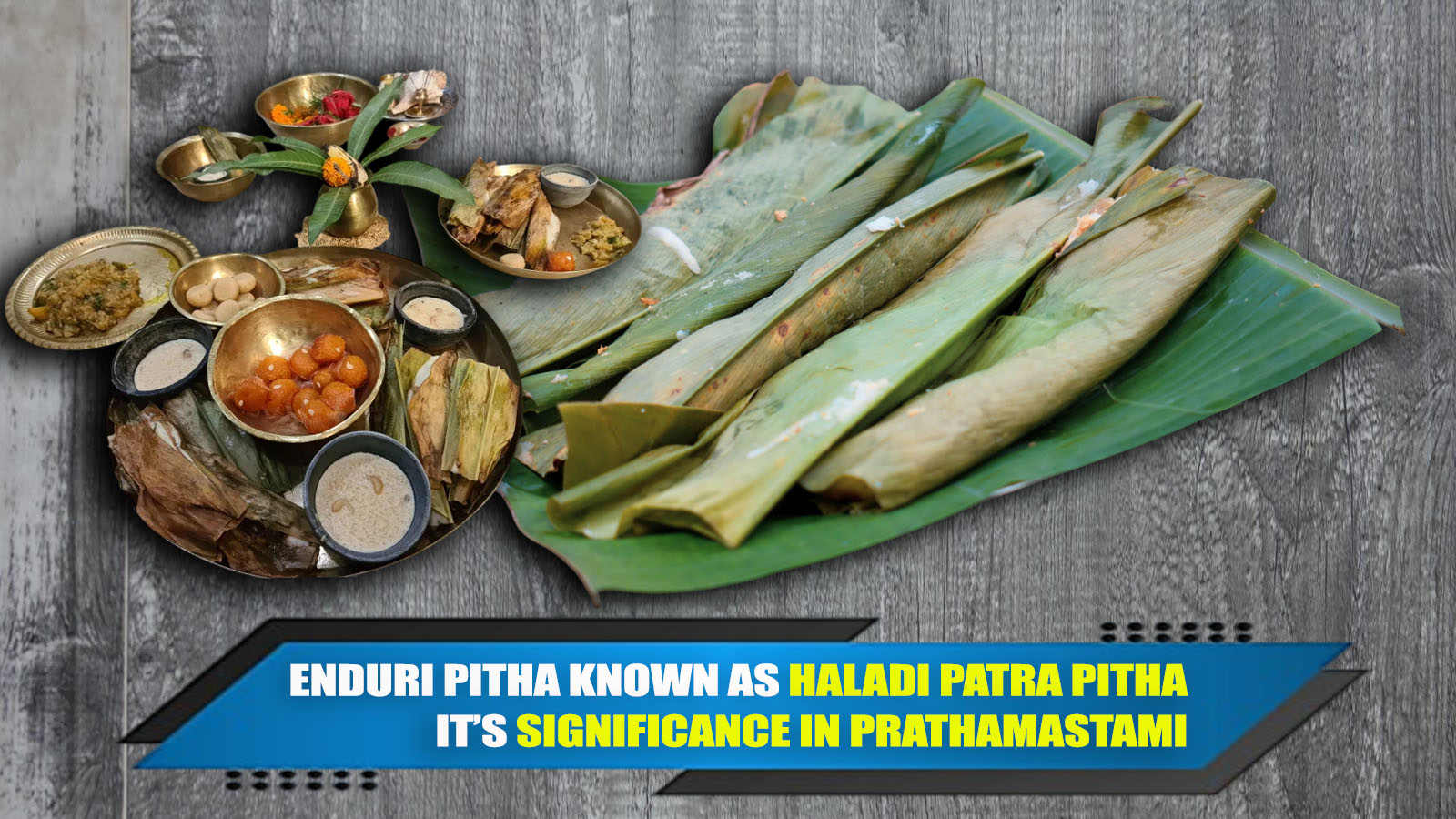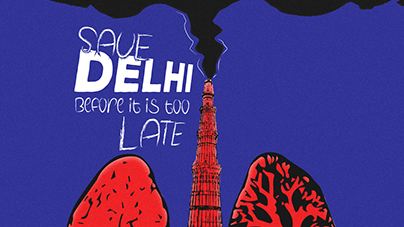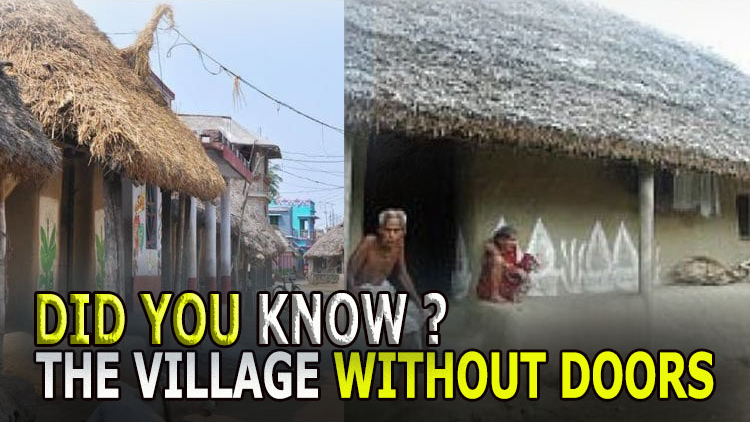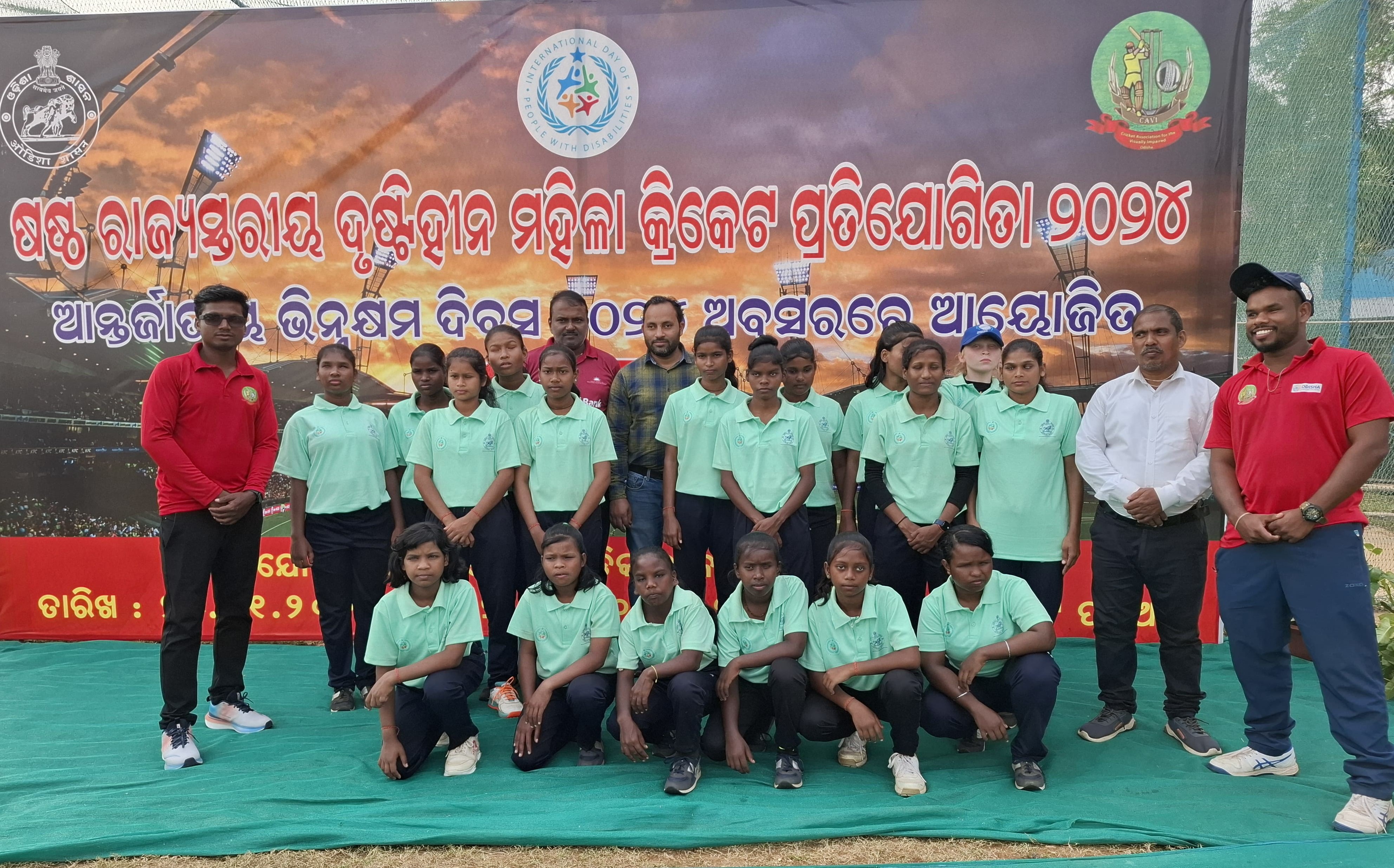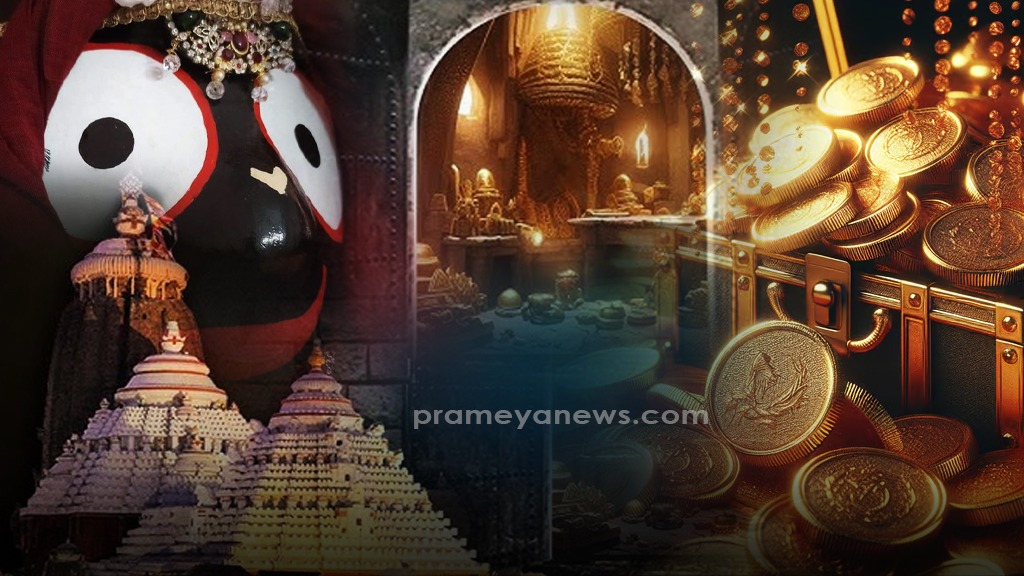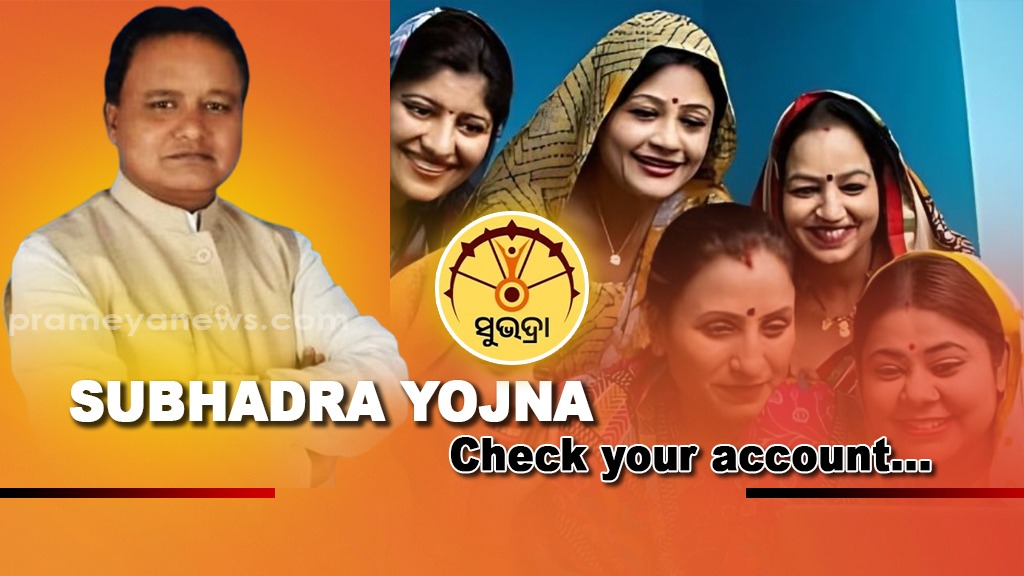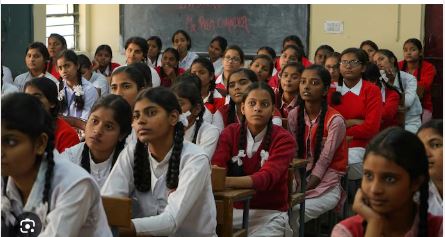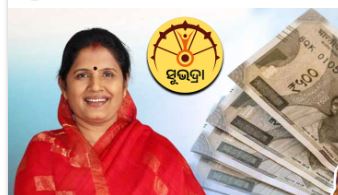Bhubaneswar,Nov 28: In Odisha, every Thursday during the Margashira month (which typically falls in November-December) is celebrated as a vibrant festival known as Mānabasā Gurubāra. This occasion, dedicated to Goddess Lakshmi, is a time when homes across the state are cleaned, decorated, and adorned with intricate rice paste designs called 'Jhoti-Chita'. These beautiful patterns, often featuring lotus flowers and footprints of Maa Lakshmi, symbolize a humble invitation for the goddess to enter and bless the household with prosperity.
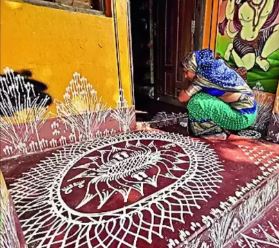
Mānabasā Gurubāra is rooted in the belief that Goddess Lakshmi, the goddess of wealth, visits each home during this month. It is widely believed that she only graces homes that are clean and well-maintained, so families ensure that their houses are spotless, inviting her blessings for wealth and the long life of their loved ones.
The festival falls on every Thursday (Gurubāra) of Margashira, which is the 8th month of the Odia calendar. It holds special significance, coinciding with the harvest season when crops are gathered and stored. This is a time of thanksgiving for the abundance brought by the harvest, and worship of Goddess Lakshmi, who is thought to remove pain and sorrow and bring happiness to the household.
The name 'Mānabasā' is derived from the word "Mana," an ancient unit of measurement used for paddy (rice), often measured in bamboo or brass containers. The tradition reflects the deep connection between the festival and the agricultural lifestyle of the region, where harvesting and the care of crops are central to daily life.
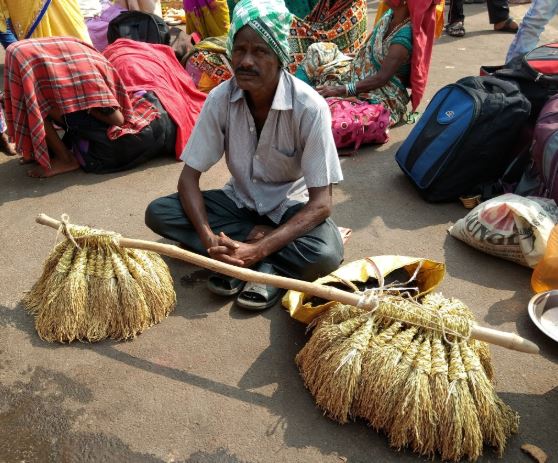
Each Thursday morning, women of the household wake up early to sweep and clean every corner of their home. As part of the ritual, they smear the entrances with cow-dung paste and create Jhoti-Chita using rice paste, which is spread on the ground to form delicate motifs. These rice paste designs often include the footprints of Goddess Lakshmi, a visual invitation for the goddess to enter and bless the family. The creations are treated with great reverence, with people walking around them instead of over them, and cleaning them gently with a wet cloth after the festival.
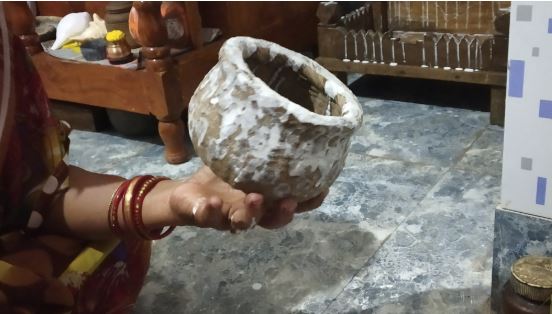
The decor also includes two 'manas' or baskets—one large and one small—filled with freshly harvested rice (dhana) and black gram (moong). These are placed on a platform along with other items such as flowers, vegetables, and a pair of red bangles (shankhaa), all symbolizing prosperity and fertility. An image or idol of Goddess Lakshmi is often placed near the offerings, and the family conducts a prayer ritual with five key offerings: light (dipa), incense (dhupa), water (arghya), flowers (puspha), and food (naibedya). The dishes offered to Lakshmi include traditional Odia delicacies like Kanika (rice), Dalma (lentil curry), Kheeri (sweet rice), and Dahi Pakhala (fermented rice with curd), among others.

In Odisha, it is customary not to share the prasad (offerings) with outsiders, and it is only consumed by the family members. The recitation of the Lakshmi Purana, written by the poet Balaram Das, is an integral part of the worship process.
